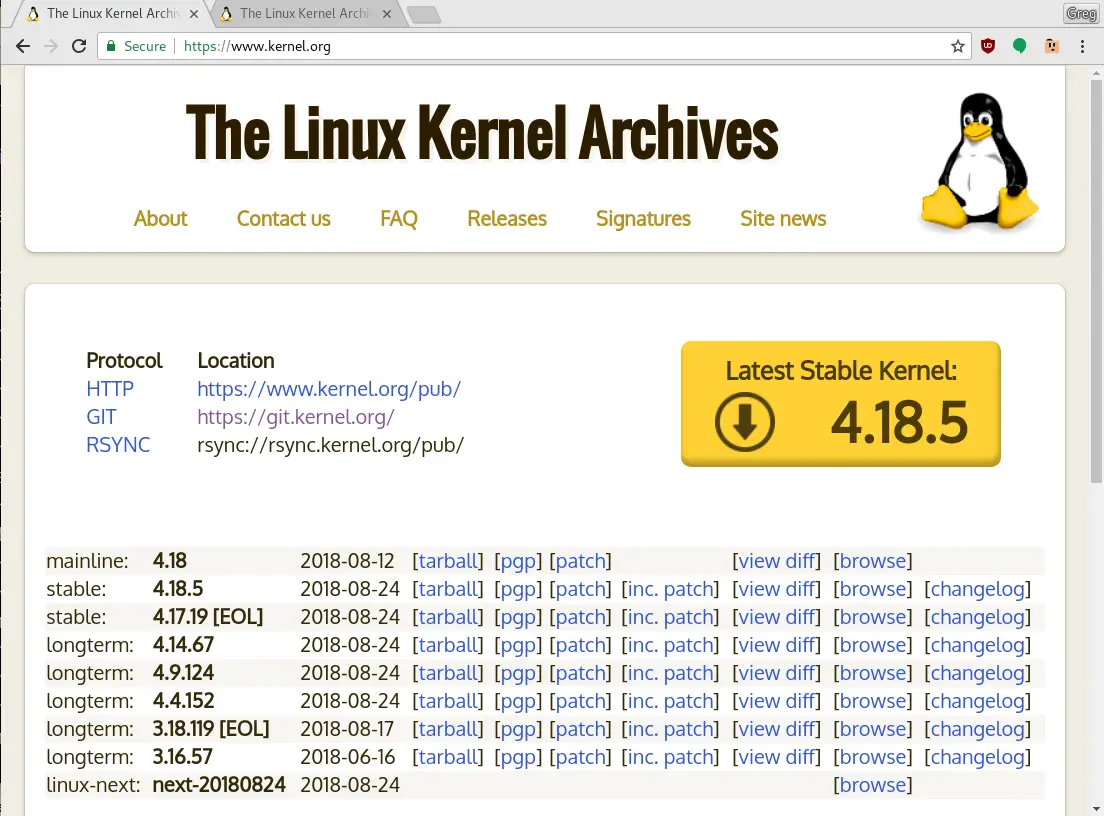All of these distributions are using the latest stable release, and timing of patches it. There are also many users who prefer the traditional distribution model, which selects a specific kernel version and then provides five or even ten years of updates (such as RHEL). Kroah-Hartman believes that users need to ensure that the kernel they use is supported when they choose and should be upgraded in time if support is complete.
Of course, the situation of the Android system is another matter. Given the particularity of the entire mobile development model, the kernel version used by Android is quite old, and many of the code is not merged into the mainline. Android manufacturers will add more than 2 million lines of code to the kernel so that the kernel is wholly unrecognisable so that he will call “Linux-like”. Most Android devices stopped updating after two years of release, leaving millions of explosive devices to the world.
Finally, Greg Kroah-Hartman issues “a short list of different types of devices, and what I would recommend for their kernels“:
- Laptop / Desktop: Latest stable release
- Server: Latest stable release or latest LTS release
- Embedded device: Latest LTS release or older LTS release if the security model used is very strong and tight.






